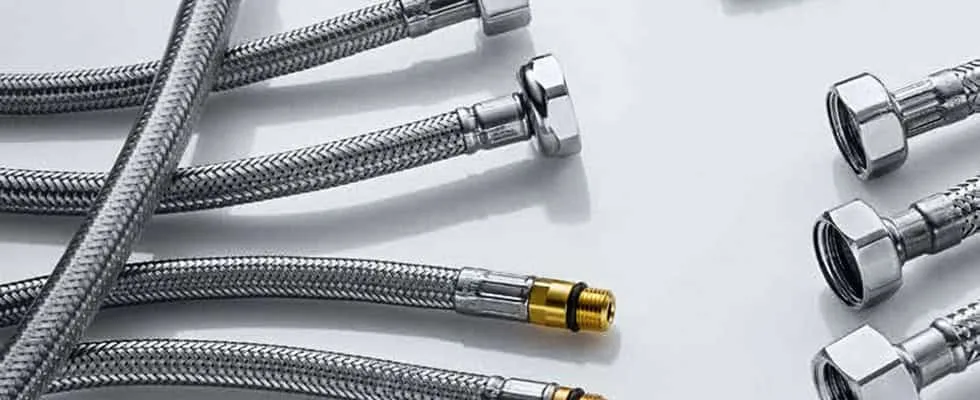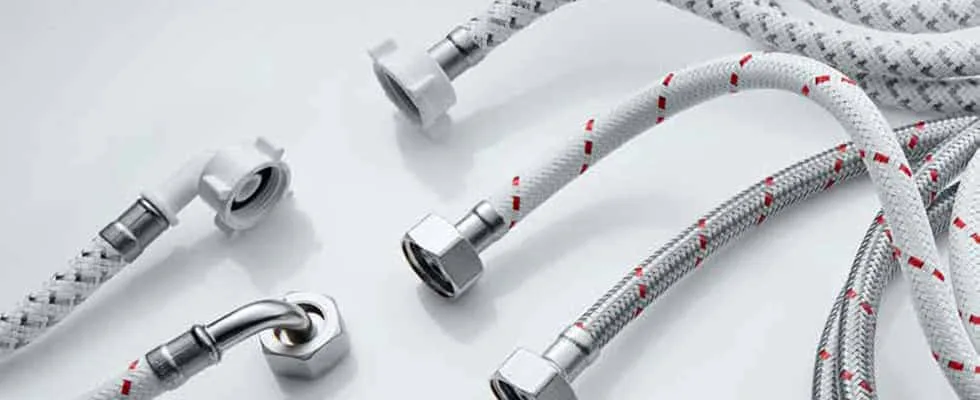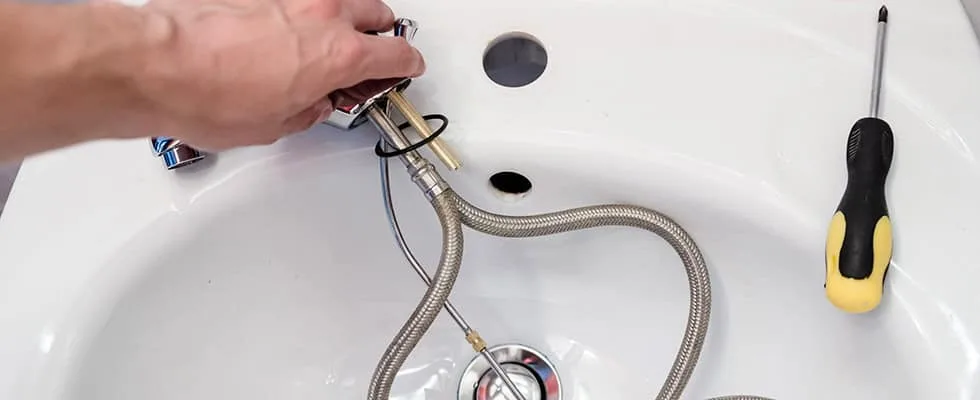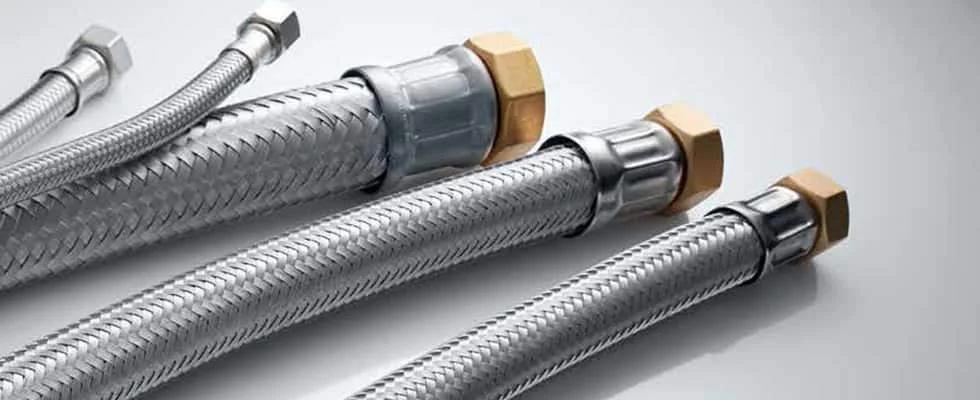Faucet supply lines are essential components in your plumbing system, supplying water from the main pipes to faucets in kitchens and bathrooms. With variations in size, diameter, length, and materials, choosing the right supply line for your setup can significantly affect both functionality and ease of installation.
Table of Content
- Understanding Faucet Supply Lines
- Purpose of Faucet Supply Lines
- Materials Used in Faucet Supply Lines
- Typical Sizes of Faucet Supply Lines
- Threading Standards for Faucet Supply Lines
- How to Measure Faucet Supply Line Sizes
- Choosing the Right Size for Faucet Supply Lines
- Installation Tips for Faucet Supply Lines
- Maintenance of Faucet Supply Lines
- Conclusion
- FAQs

(Via. Neoperl)
Understanding Faucet Supply Lines
Faucet supply lines connect a faucet to the main plumbing, channeling water at optimal pressure. They come in different materials, such as braided stainless steel for durability or flexible nylon for ease of use.
Purpose of Faucet Supply Lines
Materials Used in Faucet Supply Lines
Materials for supply lines vary widely, offering options in terms of flexibility, durability, and aesthetic appeal:

(Via. Neoperl)
Typical Sizes of Faucet Supply Lines
Supply lines come in standard sizes to accommodate various faucet types and water pressures, with dimensions measured in both diameter and length
Standard Sizes of Faucets Supply Lines
Water Supply Line Size Chart
| Pipe Diameter | Typical Use | Flow Rate (GPM) |
|---|---|---|
| 1/2 inch | Most common for kitchen and bathroom faucets | Up to 20-30 GPM |
| 3/8 inch | Common for bathroom sink faucets | Up to 20 GPM |
| 5/8 inch | Used in larger or high-flow faucets | Varies, typically higher than 30 GPM |
| 3/4 inch | Main water supply line in residential homes | Varies, typically for multiple fixtures |
| 1 inch | Larger residential applications or main lines | Higher flow rates, suitable for larger homes |
| 1 1/4 inch | Commercial buildings or larger residential setups | Significant flow, often over 40 GPM |
| 1 1/2 inch | Multi-family homes or commercial use | Very high flow rates |
| 2 inch | Large commercial buildings or high-demand areas | Very high flow rates, often exceeding 60 GPM |
Faucet Supply Line Lengths Chart
| Length | Common Applications |
|---|---|
| 12 inches | Ideal for compact spaces or close connections, often used in bathroom sinks. |
| 16 inches | Suitable for standard installations where the faucet is moderately distant from the shut-off valve. |
| 20 inches | Commonly used in both kitchen and bathroom setups, providing flexibility for various configurations. |
| 24 inches | Provides extra length for installations where the distance is greater, allowing for easier routing under the sink. |
| 30 inches | Less common but available for specific applications requiring longer runs. |
Threading Standards for Faucet Supply Lines

How to Measure Faucet Supply Line Sizes

Choosing the Right Size for Faucet Supply Lines
Installation Tips for Faucet Supply Lines
Maintenance of Faucet Supply Lines
Conclusion
Knowing the size of your faucet supply lines—from length and diameter to threading and brand-specific variations—ensures your faucet installation is efficient, reliable, and leak-free. The right size and material improve water flow, prevent leaks, and prolong the life of your plumbing setup.
Always measure carefully, consider your faucet’s specifications, and follow manufacturer guidelines to avoid installation issues. With proper selection and maintenance, your faucet supply lines will provide lasting, trouble-free performance.
FAQs
About Luxuryhome
Luxuryhome is not just a faucet manufacturer or wholesaler, but more like a partner who can provide you with more added value.
We are united in our determination to produce China-made bath and kitchen fixtures adhering to the highest ethical principles. You have our promise!
More post you may interested in







